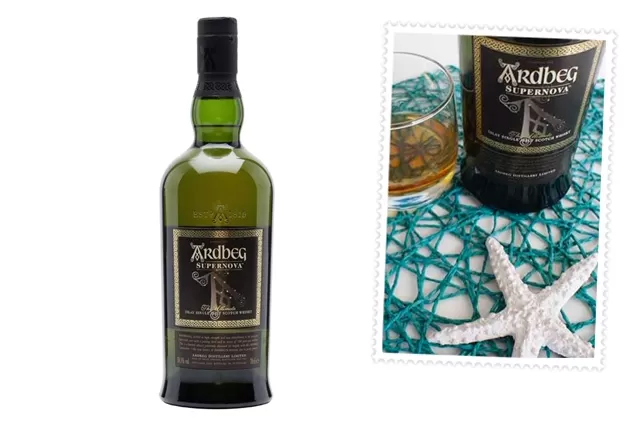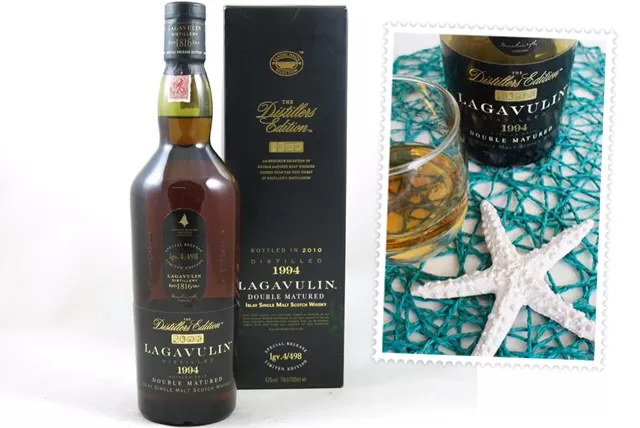Islay Whisky
Whisky of the Week review and tasting notes for whisky from the Islay whisky region in Scotland.
Despite the small size of the island and the limited amount of distilleries, the Hebridean island of Islay is considered as one of the most distinct regions. Because of this, Islay has become a centre of “whisky tourism”. The whiskies from Islay are known for their powerful smoky, peaty character.
Currently there are nine Islay distilleries. They incude Ardbeg, Bowmore, Bruichladdich, Bunnahabhain, Caol Ila, Kilchoman, Laphroaig, Lagavulin and Port Charlotte. The famous Port Ellen distillery closed its doors in 1983. Bruichladdich is the only distillery on the island that merely produces unpeated single malt whisky.

